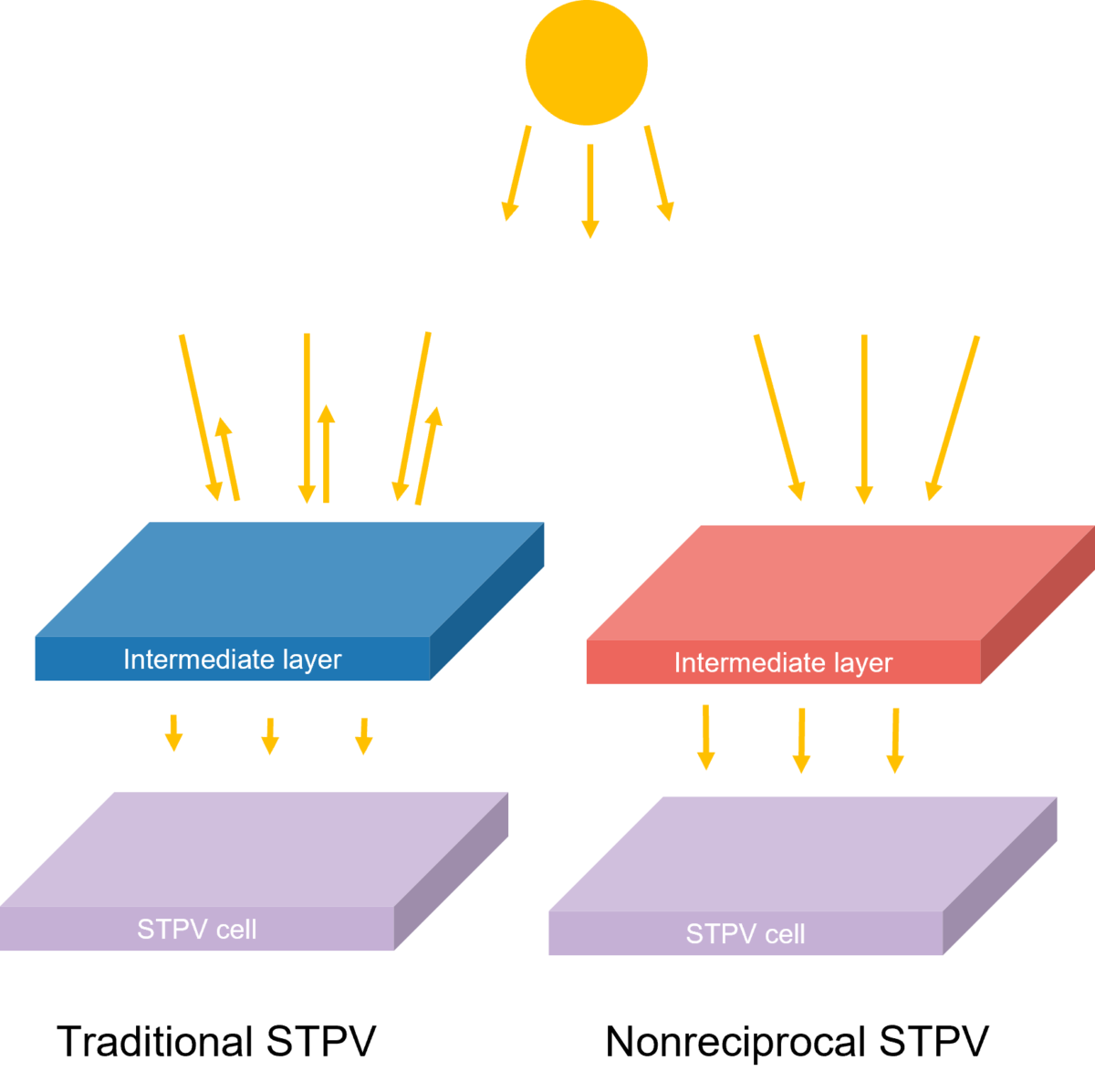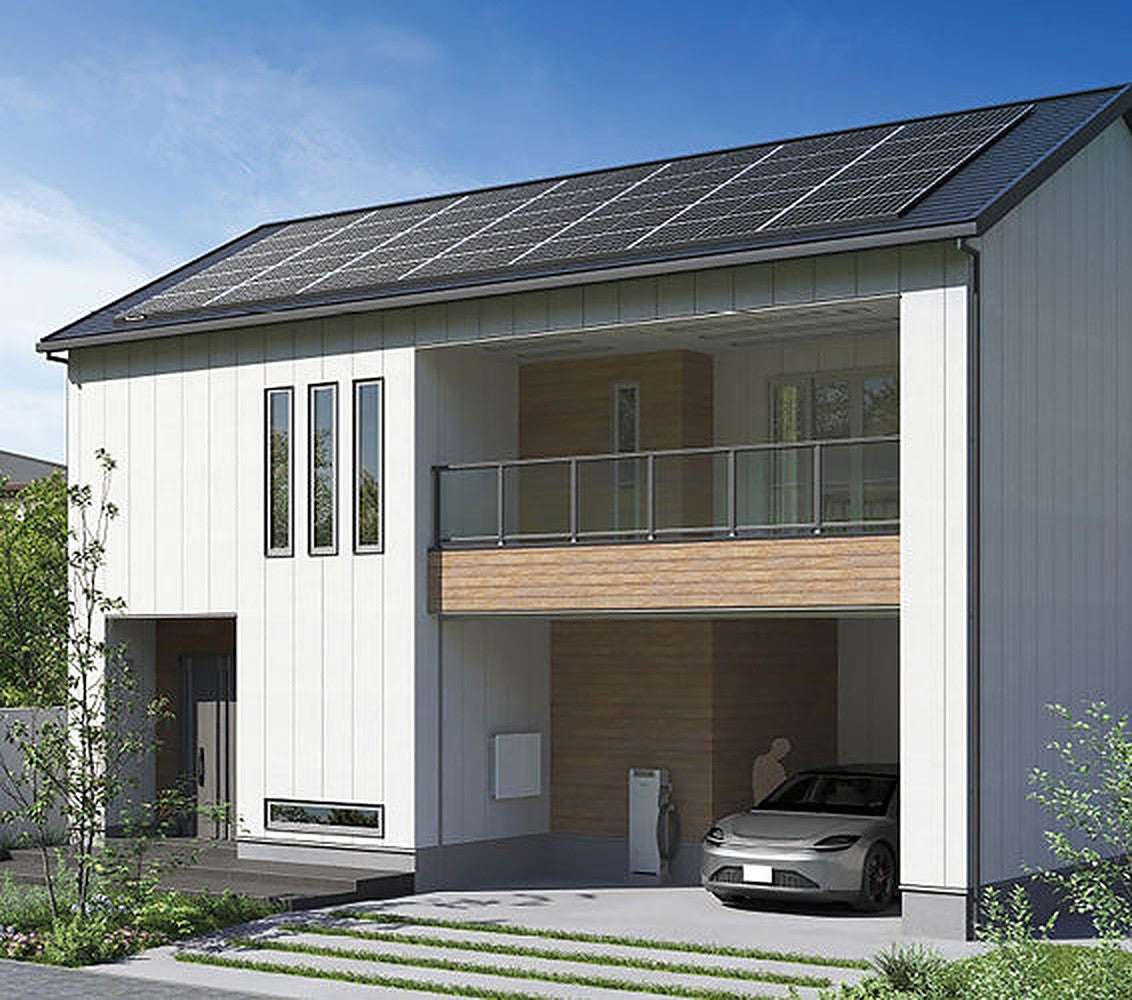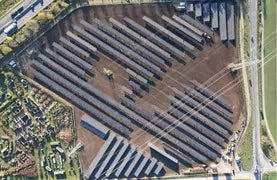https://www.pv-magazine.com/2022/12/05/novel-approach-to-thermophotovoltaics-could-lead-to-thermodynamic-limit/
Novel approach to thermophotovoltaics could lead to thermodynamic limit

Image: University of Houston
Researchers from the University of Houston has developed a new method that could potentially improve the typical efficiency deficit of solar thermophotovoltaics (STPV), due to an intermediate layer with nonreciprocal radiative properties.
Solar thermophotovoltaics (STPV) is a power generation technology that uses thermal radiation to generate electricity in photovoltaic cells. An STPV system consists of a thermal emitter that can reach high temperatures, near or beyond 1,000 C, and a photovoltaic diode cell that can absorb photons coming from the heat source.
The technology has drawn the interest of scientists for decades, because it is able to capture sunlight in the entire solar spectrum and has the technical potential to beat the Shockley-Queisser limit of traditional photovoltaics. However, the efficiencies reported thus far have been too low to make it commercially viable, as STPV devices still suffer from optical and thermal losses.
The US group said its new “nonreciprocal STPV” approach could help to bring the technology closer to the thermodynamic limit, which is the absolute maximum theoretically possible conversion efficiency of sunlight into electricity. They explained that conventional single-junction solar cells cannot generate high-energy electron-hole pairs, which are only created if the energy of the photon is higher than the bandgap of the cell. Therefore, a significant number of photons with less energy than the bandgap cannot participate in electricity generation.
“STPV can help solar energy harvesting systems to use the entire spectrum of solar energy,” researcher Sina Jafari Ghalekohne told pv magazine. “Our approach uses an intermediate layer to tailor sunlight for better efficiency.”
The scientists said the nonreciprocal intermediate layer suppresses the back emission from the layer toward the sun and directs more photon flux to the cell. They said the system approaches the Landsberg limit in the ideal case.
Popular content
“We show that the efficiency deficit is caused by the inevitable back emission of the intermediate layer towards the sun resulting from the reciprocity of the system. We propose nonreciprocal STPV systems that utilize an intermediate layer with nonreciprocal radiative properties,” said researcher Bo Zhao. “Such a nonreciprocal intermediate layer can substantially suppress its back emission to the sun and funnel more photon flux towards the cell.”
The scientists presented their findings in “Nonreciprocal Solar Thermophotovoltaics,” which was recently published in Physical Review Applied.
“Nonreciprocal STPV systems can also couple with thermal energy storage and provide electricity generation 24/7,” said Ghalekohne.
In August 2021, a group of scientists from the University of Michigan and the US Army Research Laboratory proposed a new approach to STPV. They reduced the separation between the emitter and the photovoltaic cell to a nanoscale. They called this approach “near-field thermophotovoltaics” and claimed that it could lead to high power density and high power conversion efficiencies.
This content is protected by copyright and may not be reused. If you want to cooperate with us and would like to reuse some of our content, please contact: editors@pv-magazine.com.




